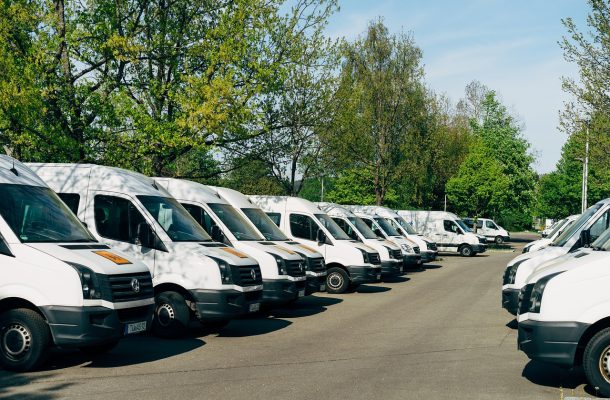Demand for secondhand equipment soaring as businesses tackle COVID conditions

Demand for secondhand equipment is soaring with businesses seeking to drive growth in a time and cost-effective manner during the pandemic, according to Daniel Riley, CEO of Earlypay Limited.
“Enquiries for finance for secondhand equipment have increased significantly over the last 12 months. Business owners are looking for clever ways to grow their business in response to COVID market opportunities,” Mr Riley said.
“Many enquiries are coming from businesses that have previously utilised finance to purchase new products such as earth moving equipment, trucks and utes, but are now wanting to know what finance options are available for secondhand items.”
He said the main reasons they want to purchase secondhand is that there are lengthy wait times on new items and secondhand items are being viewed as lower risk options for small to medium-size businesses in this volatile pandemic environment.
“For many businesses, getting hold of new equipment is proving difficult with some truck dealers closing their books for 2022 and vehicle dealerships advising up to 12 month wait times on new vehicles.
“As a result, good quality, low hour earthmoving equipment, trucks and secondhand vehicles are continuing to sell well. This is pushing up the prices of secondhand vehicles. In some cases secondary equipment is selling for more than the cost of new equipment.”
Slattery Auctions reported last year that late-model prime movers were sought after in second-hand and auction markets. A 2015 Volvo FH13 Prime Mover showing 1,067,315 kilometres on the clock sold for $98,200, representing around 105 percent of retail. Late-model European trucks with automatic transmissions were also popular last year with a 2018 Volvo FH540 6×4 Prime Mover selling for $242,733, 95 percent of retail. Older trucks also sold unexpectedly well. A 2011 Kenworth K200 Prime Mover showing 474,789 kilometres on the clock sold for $95,000, representing around 95 percent of retail.
“Based on current supply chain issues, we expect to see the secondary market continue to maintain its momentum. While buying new and used both have their benefits and drawbacks, the issue of finance requires a slightly different set of considerations,” Mr Riley explained.
Below he has outlined some tips and finance options available to businesses seeking to purchase secondhand items using finance.
Business lending expert
“Many organisations across the country offer lending products however the majority cater to consumer lending,” Mr Riley said.
“Business lending requires an in-depth understanding of doing business and the challenges and issues facing business owners. When looking to purchase a secondhand item for a business, speak to a finance provider that specialises in business lending products as they are very different to consumer lending.”
Equipment Finance
“Equipment Finance has always been a highly popular means of financing the purchase of new and secondhand assets for small to medium size businesses,” Mr Riley outlined.
“What we have seen during the pandemic is a marked increase in the number of enquiries from across a broad range of industries for equipment finance for the purchase of secondhand equipment.”
He said many businesses are increasingly purchasing items secondhand through private sellers as well and need the flexibility to be able to effect the deal quickly.
“The key issue to take into consideration with finance for secondhand items is that the item may have a shorter life span and loans tend to reflect this which is why it is important for businesses to understand all the options available when seeking to purchase secondhand assets with finance.”
Invoice Financing
“Interest in Invoice Financing has increased significantly during the pandemic as it enables businesses to access funding fast and with relative ease without having to put the family home on the line,” Mr Riley said.
“In essence, businesses use their invoices as a form of collateral to generate upfront payment. Once the facility has been established, the business simply generates and sends invoices as per normal.
Mr Riley said as an Invoice Financing provider, Earlypay then pays 80 per cent of the value of the invoices to the business upfront so they no longer have to wait for invoices to be paid. Earlypay is also able to take care of chasing debtors and managing collections so people in the business can focus on what they’re good at.
“For businesses that use Xero or MYOB, we integrate with their accounting software to automatically access the invoices directly so it’s a really simple way for busy business owners to access funding.
“A key benefit of Invoice Financing is that businesses can use the facility to purchase new or secondhand assets, stock or meet any other operating expenses the business incurs including wages.”





